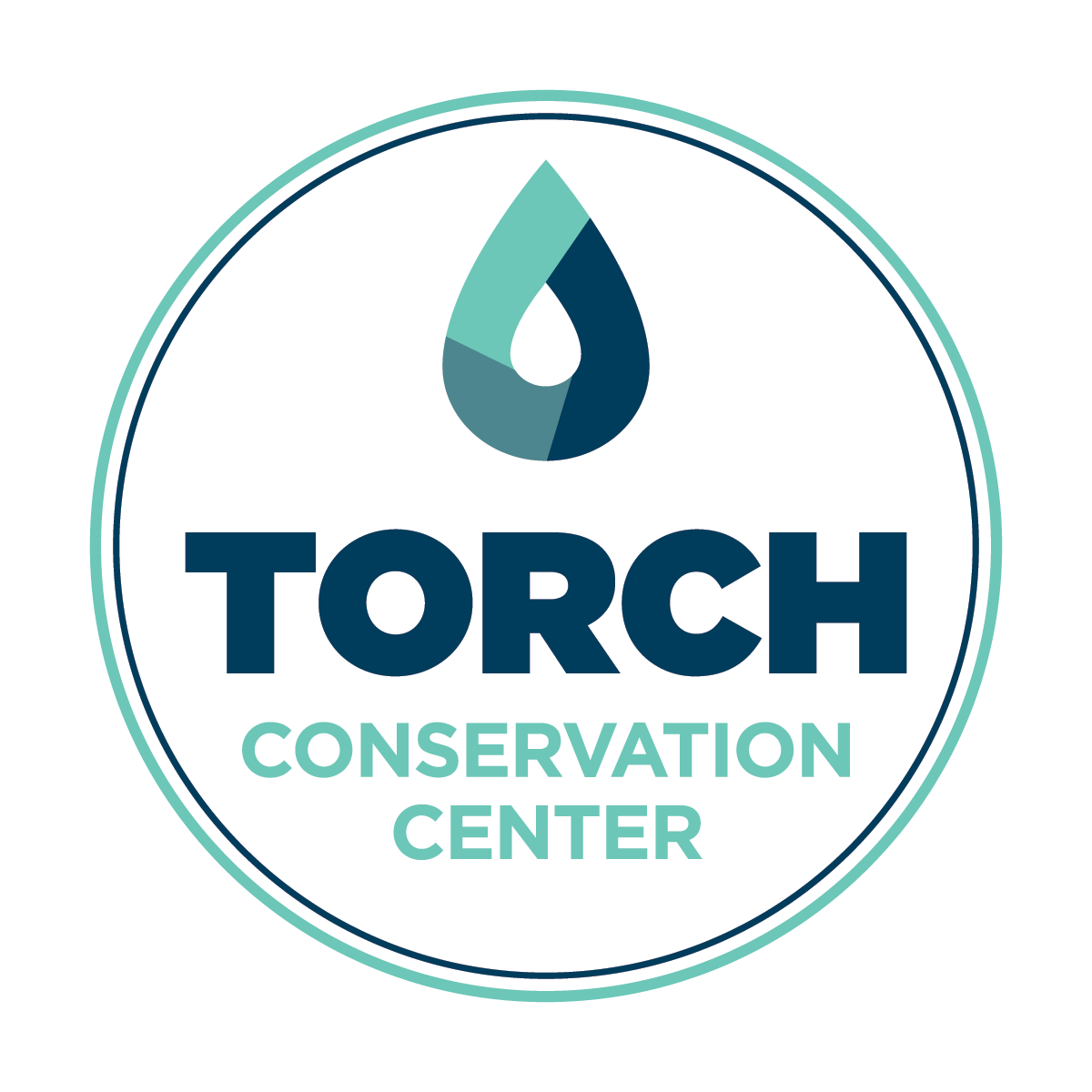 TRUE BLUE Living
TRUE BLUE Living
Pump Your Septic System Every 3 Years
Your septic system cannot break down nutrients or toxic chemicals.
Nutrients and toxic chemicals travel with wastewater to your septic drainfield.
Then it sinks down through our sandy soil to the groundwater.
Groundwater feeds your private well and Torch Lake through cold springs.
Just the slightest increase in nutrients causes algae to grow in Torch Lake.
What are the benefits to you and our water?
- Keeps your drinking water safe from high levels of nutrients (nitrates) and toxins.
- Keeps nutrients out of Torch Lake, so algae won’t grow and change its turquoise color to green.
- Keeps toxins out of Torch Lake so they won’t harm fish and aquatic creatures.
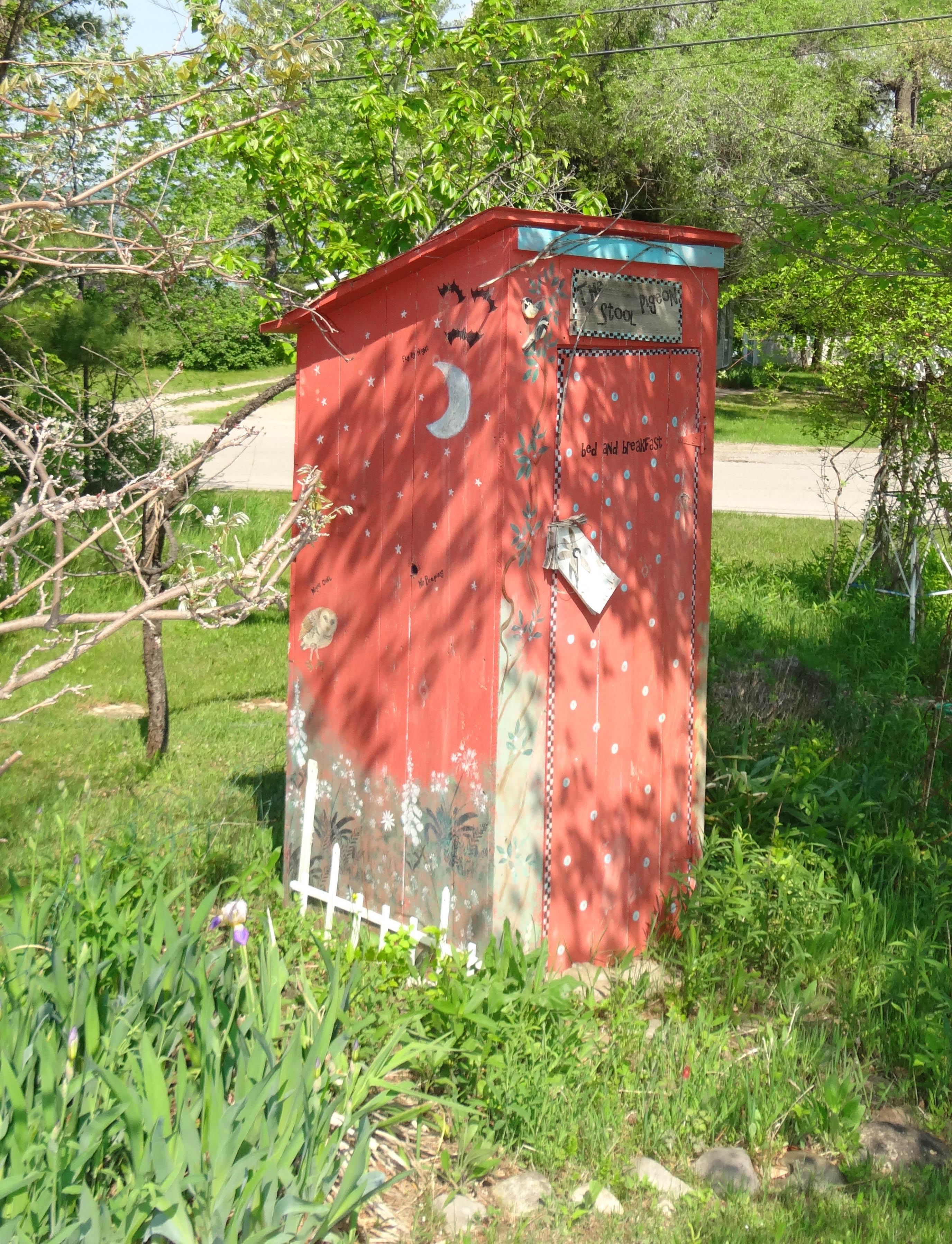
Photo: Barbara Lockrey
What can you do?
Pump and Inspect
Regular pumping is the most important action you can do to keep a septic system functioning.
Step 1. Keep a drawing of your septic system.
Pick up a Septic System Management file folder at the Torch Lake Welcome Center in Alden.
Step 2. Call a licensed septic tank cleaning service to pump and inspect your septic system every 3 years.
Step 3. Do not use commercial chemicals that claim to clean septic tanks.
Some products contain toxic solvents that can contaminate your drinking water. Other products convert human waste to liquid. This does not reduce the need for routine pumping. It can send more nutrients to your drinking water and Torch Lake. It can cause solids to clog the pipes or field and the septic system to fail.
Step 4. “Mind the Signs” of a failing septic system: Call a professional to address problems early.
- Wastewater backing up into household drains/ toilets
- Strong odors around the septic tank and drain field
- Bright green, spongy grass growing on the drain field
- Green algae growing on the rocks in front of your cottage
Think at the Sink
Good bacteria in your septic tank breaks down human waste.
Step 5. Do not pour toxic chemicals such as oil-based paints, solvents and large volumes of cleaners down the drain.
These chemicals can kill these good bacteria and cause your system to stop working. Take toxic chemicals to Hazardous Waste Collection Days.
Step 6. Drain grease from pans into a jar and wipe your pans with a paper towel before washing them with water at the sink.
Grease and oil also clog the system causing backups.
Step 7. Consider eliminating or limiting the use of garbage disposals.
They significantly increase the sludge and scum in septic tanks, resulting in the need for MORE FREQUENT pumping.
Toilets aren’t Trash Cans
Septic systems are designed to handle human waste and toilet paper, ONLY!
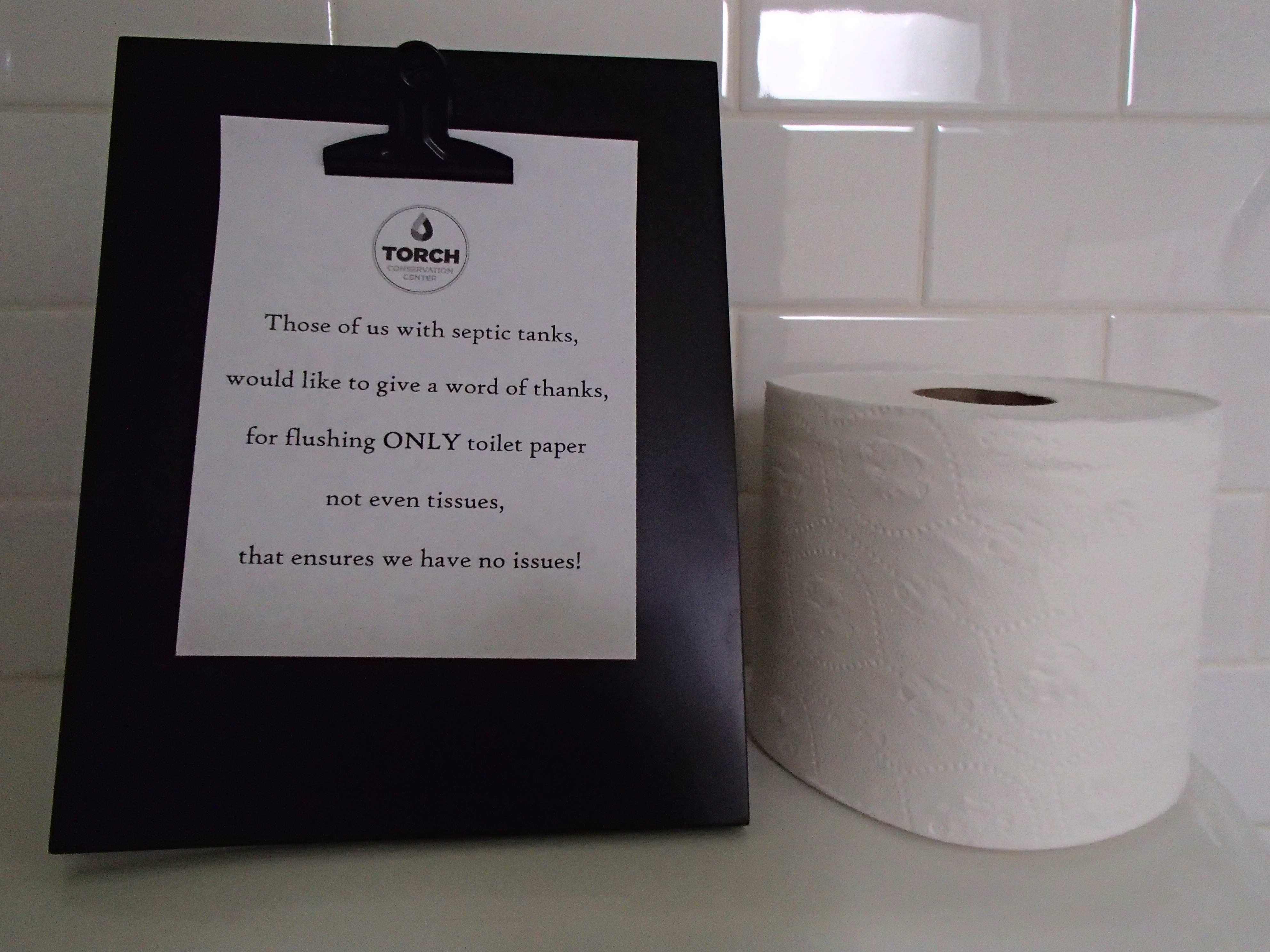
Step 8. Never flush these things down the toilet:
- Cloggers: diapers, cat litter, cigarette filters, coffee grounds, grease, feminine hygiene products, condoms, dental floss, matches
- Killers: household chemicals, gasoline, oil, pesticides, paint, medicines – over the counter & prescriptions
Download, print and frame our Septic System Toilet Signs (.pdf)
Download, print and frame our Septic System Toilet Signs(.pdf)
Don’t Strain the Drain
The less water you use, the less water enters the septic tank.
The less water in the septic tank, the less it has to work.
Step 9. Reduce Water Use –
Convert to low flow toilets and faucets.
Run full loads in the dishwasher. Space out use of the washing machine throughout the week.
Step 10. Unclogging a drain –
Instead of using chemicals to unclog a drain, try the TRUE BLUE Drain Cleaner. If that doesn’t work, use a plumber’s snake or call a licensed plumber.
Step 11. If you have a hot tub, drain hot tubs onto your lawn or landscaped areas far away from your septic tank, drain field, creeks and Torch Lake.
Emptying a hot tub into the septic system stirs the solids in the tank, pushes them into the drain field, causing it to clog and fail.
Step 12. If you have a water softener or water purification system, make sure it is septic system compatible.
Consult with a licensed plumber for alternative piping to avoid pumping excess water into the septic system.
Shield your Field
Your drainfield distributes wastewater into the soil for filtering.
Step 13. DO NOT park or drive on your drain field.
Step 14. DO NOT grow vegetables or fruit on a drain field.
Grow grass instead.
Step 15. Keep trees and shrubs far away from drain lines and drain field pipes.
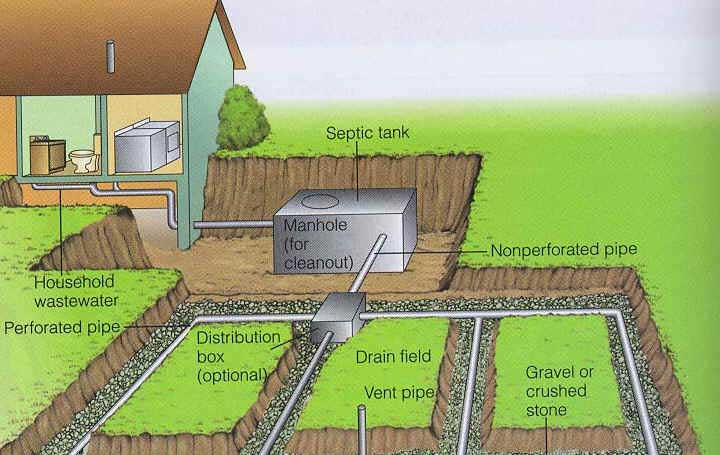
Image Source: Catawba River Keeper
Visit the TRUE BLUE Gallery in Alden and pick up a free septic maintenance record folder.
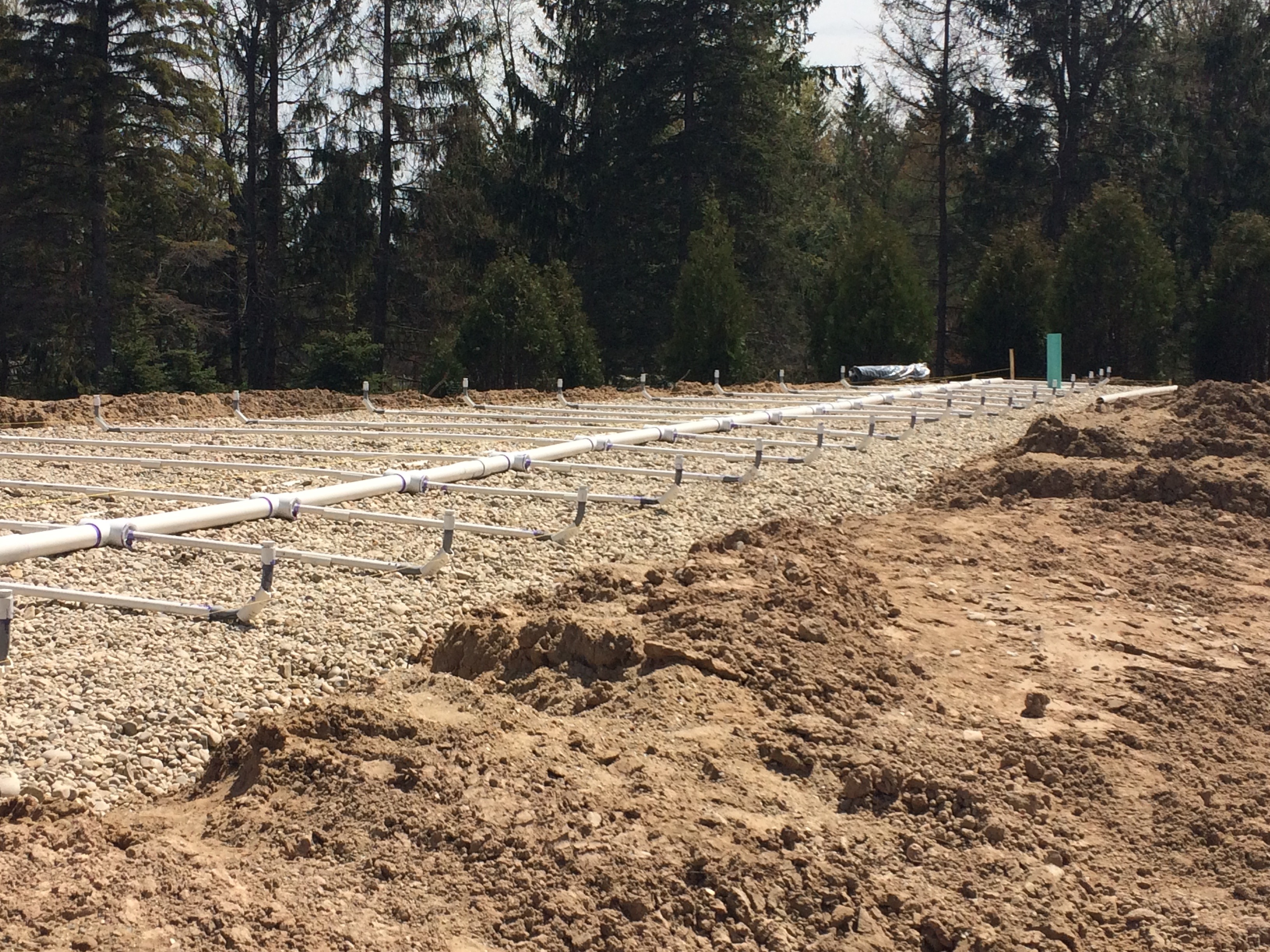
New drainfield being installed in the Torch Lake Watershed.
Don't just wish that Torch Lake will stay blue.
Choose a water-friendly lifestyle - make a difference!
